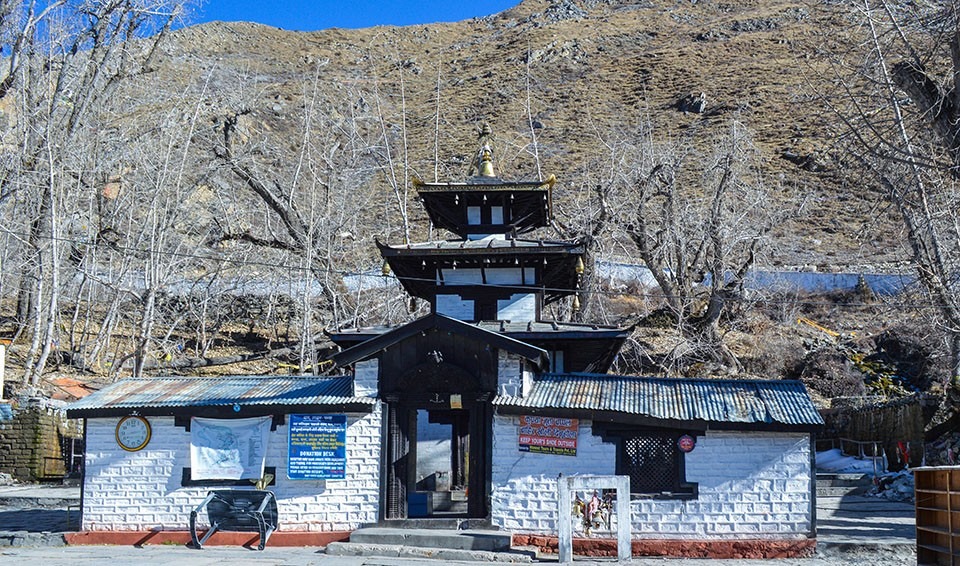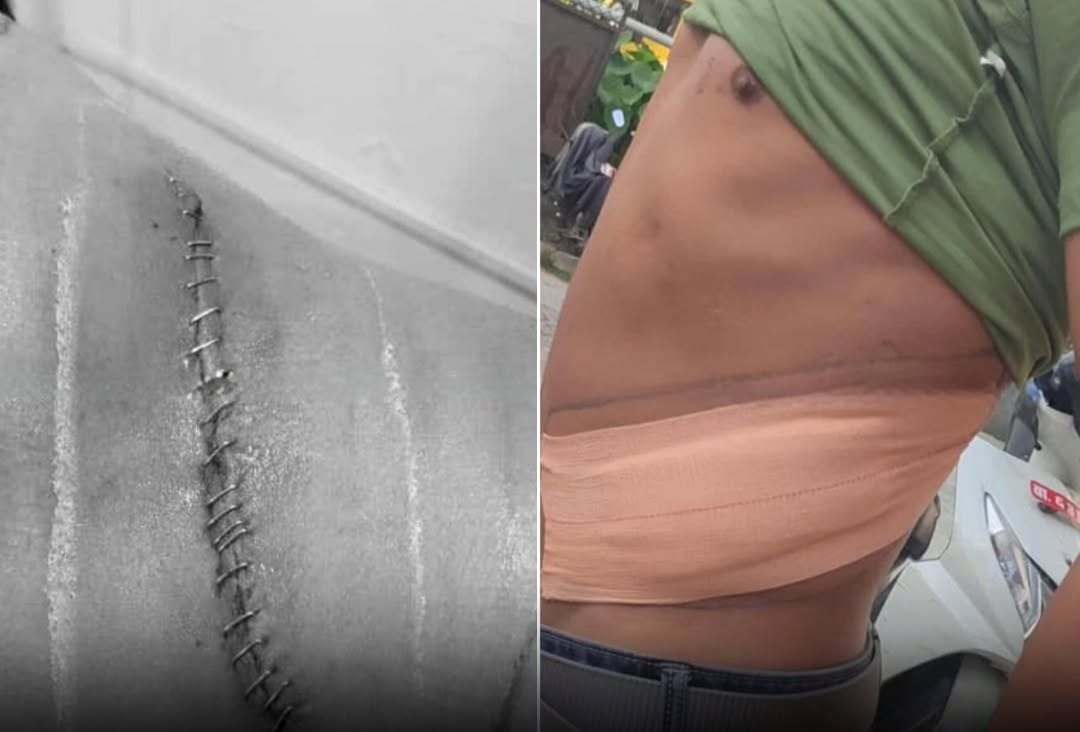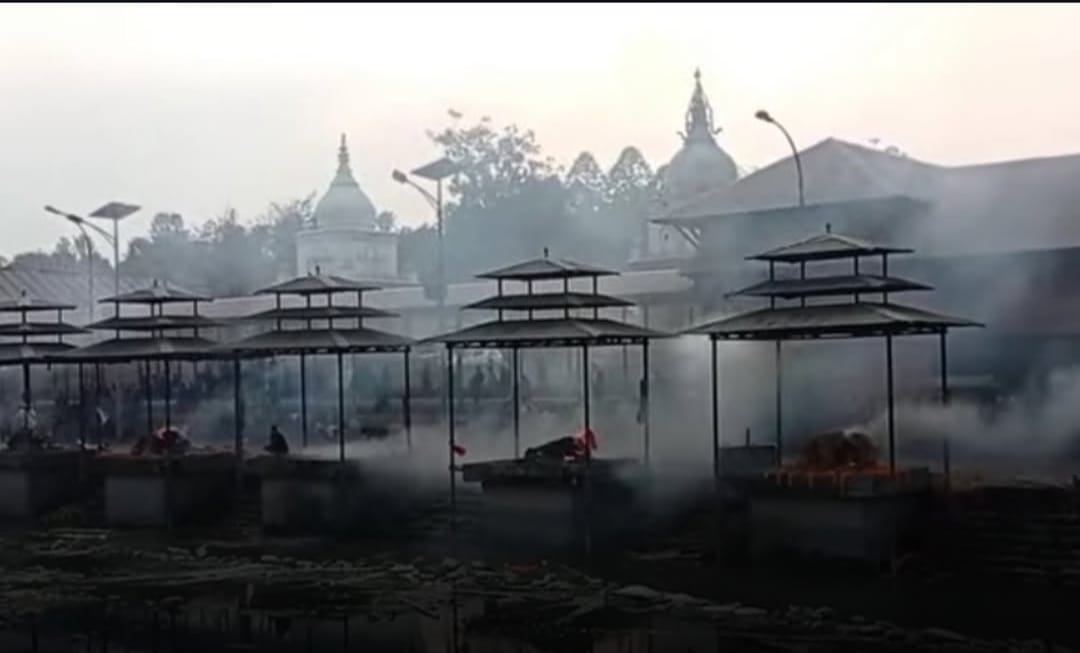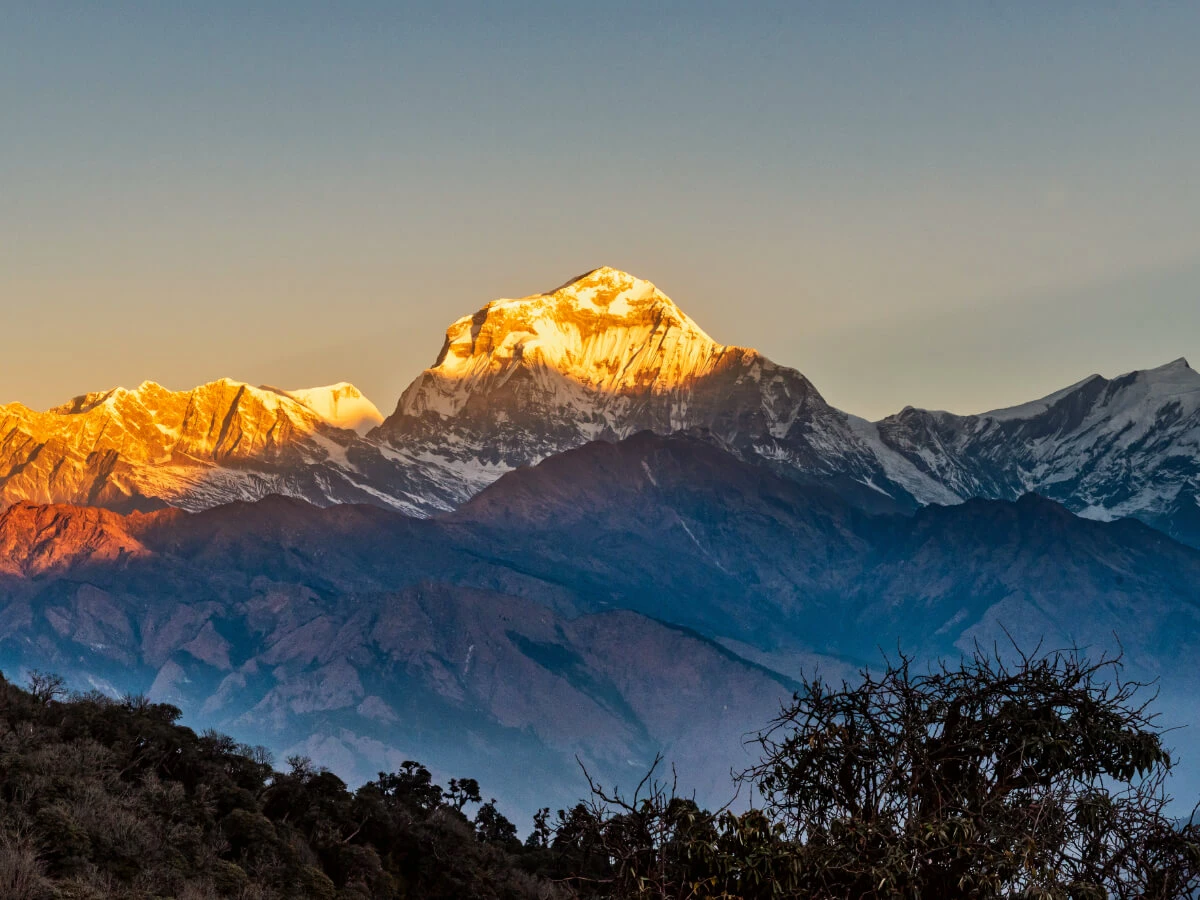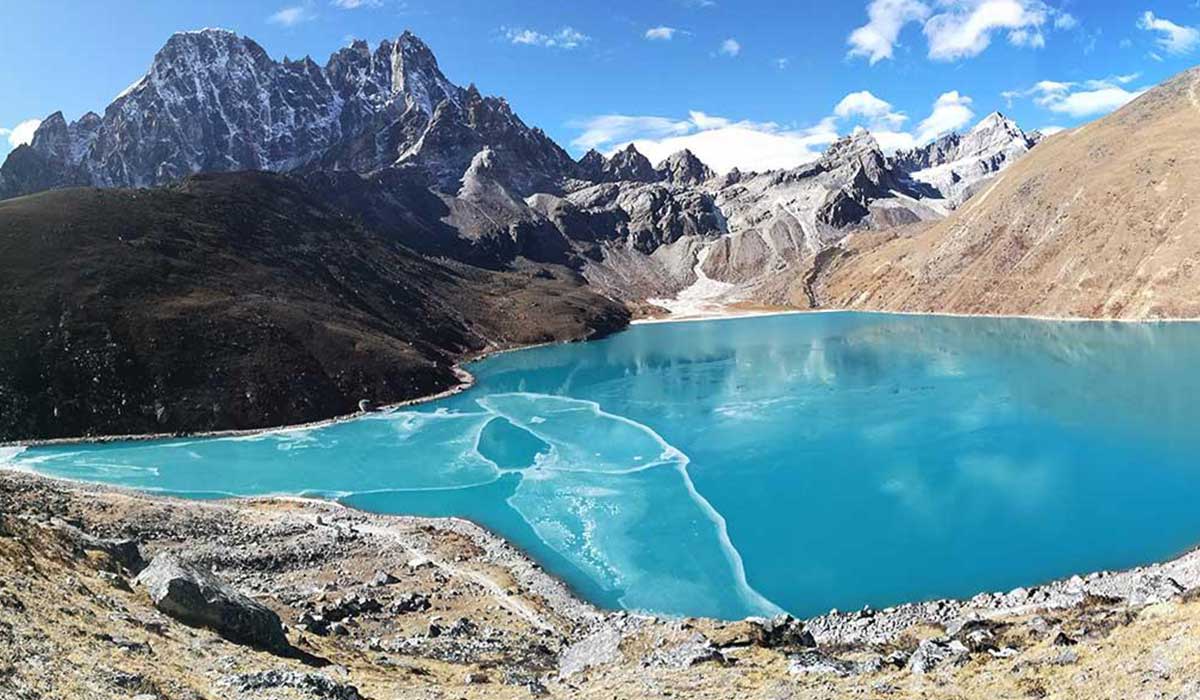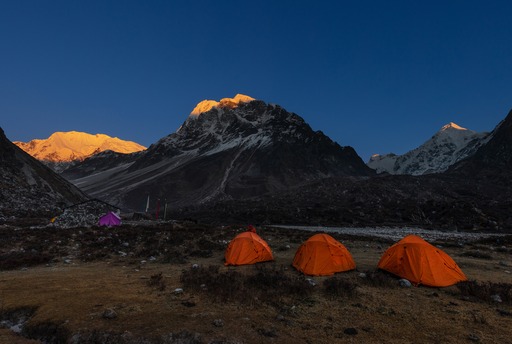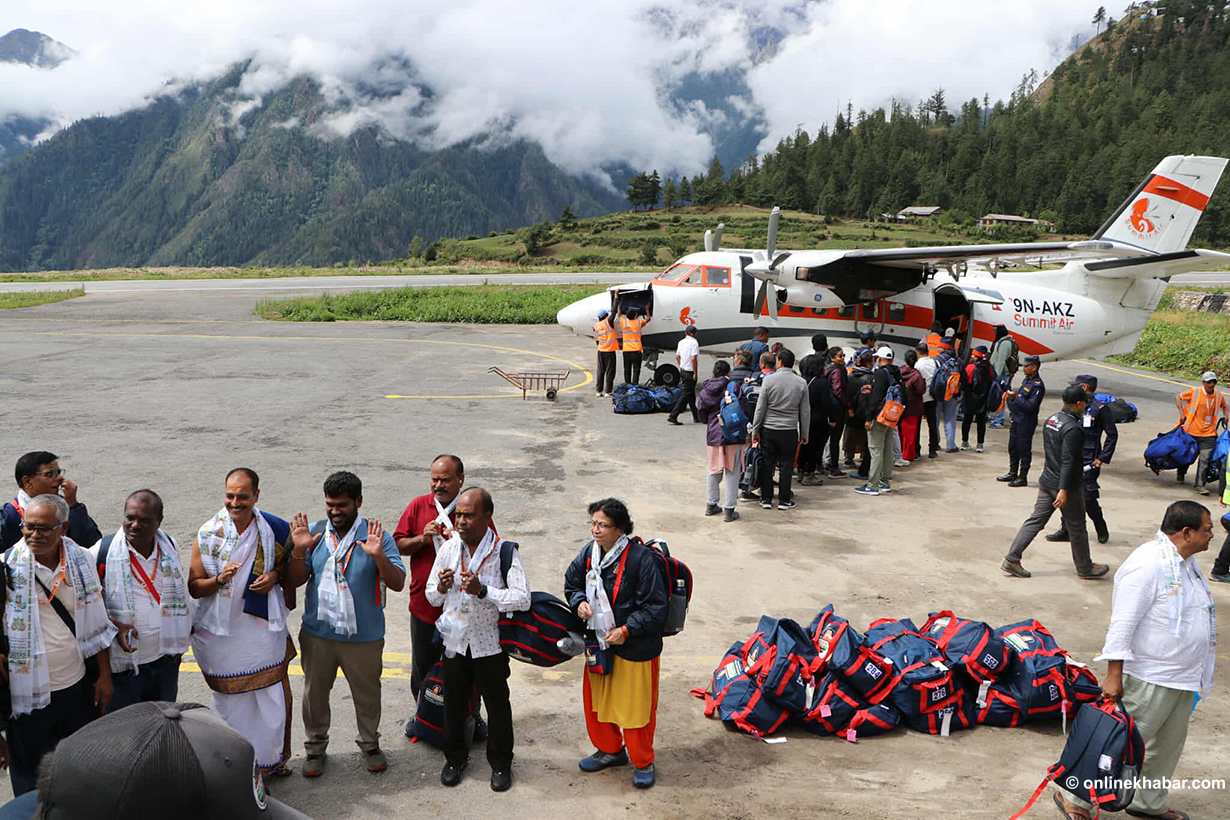Heaven feels near in the Himalayas. Imagine standing under 108 water spouts flowing ice-cold Himalayan water, surrounded by snow-capped peaks and spiritual calm. This isn't a dream—it's Muktinath Temple, one of Nepal’s most sacred and visited temples, located in the mystic lands of Mustang.
Nestled at an altitude of 3,800 meters in the trans-Himalayan region, Muktinath is a unique destination that combines spiritual, natural, and adventurous elements. Whether you're a Hindu, Buddhist, trekker, or simply a seeker of peace, the route to Muktinath from Kathmandu is an unforgettable experience.
What Is Muktinath Temple?
Muktinath Temple is a revered pilgrimage site for both Hindus and Buddhists. In Sanskrit, “Mukti” means liberation or salvation, and “Nath” means God or Master. Therefore, Muktinath is known as the “Lord of Liberation.”
For Hindus, it is one of the 108 Divya Desams, the sacred shrines of Vishnu. It is believed that visiting Muktinath washes away sins and grants moksha (liberation). For Buddhists, the temple is associated with Guru Rinpoche (Padmasambhava), the founder of Tibetan Buddhism, who meditated here on his way to Tibet.
The temple has a pagoda-style structure and houses a golden image of Lord Vishnu, worshipped here as Sri Mukti Narayan. Near the temple, there are 108 sacred water taps (called “Muktidhara”), and bathing in them is said to purify the soul.
Best Time to Visit Muktinath Temple
- Spring (March to May): Clear skies, pleasant climate, blooming rhododendrons.
- Autumn (September to November): Best season for views and trekking.
- Winter (December to February): Harsh weather, but still possible via flights.
- Monsoon (June to August): Landslides and muddy roads; not ideal for travel by road.
The Route: Kathmandu to Muktinath Temple
Getting to Muktinath is a journey in itself. There are multiple travel options depending on time, budget, and preference.
1. By Road: Kathmandu – Pokhara – Jomsom – Muktinath
This is one of the most adventurous and scenic routes.
Step 1: Kathmandu to Pokhara
- Distance: 200 km
- Duration: 6-8 hours
- Options: Tourist buses, private jeeps, flights
- Highlight: Trishuli River views, mountain roads, green hills
Pokhara is a peaceful lakeside city and a perfect stop before your Mustang adventure. You can rest here and prepare for the next leg.
Step 2: Pokhara to Jomsom
- Distance: 155 km
- Duration: 10–12 hours by jeep
- Road Condition: Bumpy, narrow, off-road in parts
- Highlights: Beni, Tatopani hot springs, Ghasa waterfalls, deep gorges, Kali Gandaki river
Jomsom lies in the Lower Mustang region and serves as the gateway to Muktinath. You’ll notice the shift from green hills to barren Mustang landscapes here.
Step 3: Jomsom to Muktinath
- Distance: 21 km
- Duration: 1.5–2 hours by jeep or 6–7 hours trek
- Elevation: From 2,700 m (Jomsom) to 3,800 m (Muktinath)
- Highlight: Desert mountains, Tibetan-style villages, breathtaking views of Dhaulagiri and Nilgiri peaks
A 4x4 jeep ride will take you directly to the entrance of Muktinath. From there, you’ll walk about 20 minutes up to the temple.
2. By Air: Kathmandu – Pokhara – Jomsom – Muktinath
This is the fastest and most comfortable route.
Option A: Flight to Pokhara + Flight to Jomsom + Jeep/Trek to Muktinath
- Kathmandu to Pokhara: 25-minute flight
- Pokhara to Jomsom: 20-minute flight (early morning only)
- Jomsom to Muktinath: Jeep or trek
Option B: Helicopter Tour (Direct)
- Duration: 1.5 to 2 hours round trip
- Ideal for elderly pilgrims or those short on time
- Helicopters take off from Kathmandu or Pokhara, landing close to the temple
- Weather-sensitive
Things to Remember While Traveling
Altitude Sickness
- Muktinath is at 3,800 m, so altitude sickness can occur.
- Drink plenty of water, avoid alcohol, and ascend slowly.
- Consider spending a night in Jomsom before visiting the temple.
Clothing and Essentials
- Carry warm clothes even in summer.
- Sunscreen, sunglasses, lip balm, gloves, and hiking shoes are essential.
- Bring cash—ATMs are rare in Mustang.
Permits Required
- TIMS Card (Trekkers’ Information Management System)
- Annapurna Conservation Area Permit (ACAP)
- Available in Kathmandu and Pokhara
Accommodation
- Lodges and teahouses are available in Jomsom, Kagbeni, and Muktinath.
- Basic facilities, hot showers available at extra cost.
- Some luxury hotels are now being developed in Lower Mustang.
Cultural Highlights on the Way to Muktinath
Kagbeni
A beautiful medieval village located at the junction of Kali Gandaki and Jhong rivers. It has Tibetan-style houses and a famous red Buddhist monastery.
Marpha
Known as the “Apple Capital” of Nepal, this village is full of whitewashed houses, apple orchards, and cobbled paths.
Tatopani
Natural hot springs by the riverside offer a relaxing bath stop.
Ghasa and Lete
Small villages where you can enjoy panoramic mountain views and meet friendly Thakali people.
Myths, Legends, and Beliefs About Muktinath
According to Hindu mythology, Muktinath is where Lord Vishnu got salvation from the curse of Brinda (wife of Jalandhar). Buddhists believe the eternal flame inside the temple is a manifestation of Dakinis, or sky spirits.
- Some interesting facts:
- The 108 waterspouts represent all Hindu deities.
- The eternal flame burns naturally, which is a miracle.
- Bathing at the taps is considered a soul-cleansing act.
- Devotees often bring Shaligrams (fossilized ammonites found in the Kali Gandaki river), symbols of Vishnu.
Special Festivals at Muktinath
Yartung Festival
- Celebrated by the local Thakali people in August
- Features horse races, traditional dance, and cultural shows
Janai Purnima
A Hindu festival when thousands visit Muktinath to change their sacred thread
Buddha Jayanti
Celebrated with processions and special prayers by Buddhists
For International Travelers
- Nearest International Airport: Tribhuvan International Airport (Kathmandu)
- Visa: Available on arrival for most countries
- Language: Nepali and English are widely understood
- Currency: Nepalese Rupee (NPR)
- Local SIM cards: NTC or Ncell work in Pokhara and Jomsom (patchy near Muktinath)
Sample 6-Day Itinerary (By Road & Flight Mix)
Day 1: Kathmandu to Pokhara (Flight/Drive)
Day 2: Pokhara to Jomsom (Flight), rest in Jomsom
Day 3: Jeep ride to Muktinath, temple visit, overnight in Jomsom
Day 4: Explore Kagbeni and Marpha
Day 5: Return to Pokhara
Day 6: Pokhara to Kathmandu
A Soulful Himalayan Journey
Muktinath Temple is not just a destination—it’s a divine experience. From the bustling city of Kathmandu to the quiet deserts of Mustang, every step brings you closer to inner peace. The spiritual energy, natural beauty, and cultural richness make this journey unforgettable. Whether you travel by road, air, or on foot, Muktinath offers blessings that go beyond words.
For anyone seeking spiritual renewal, Himalayan adventure, or a brush with ancient traditions, this sacred site awaits you with open arms and timeless grace.

